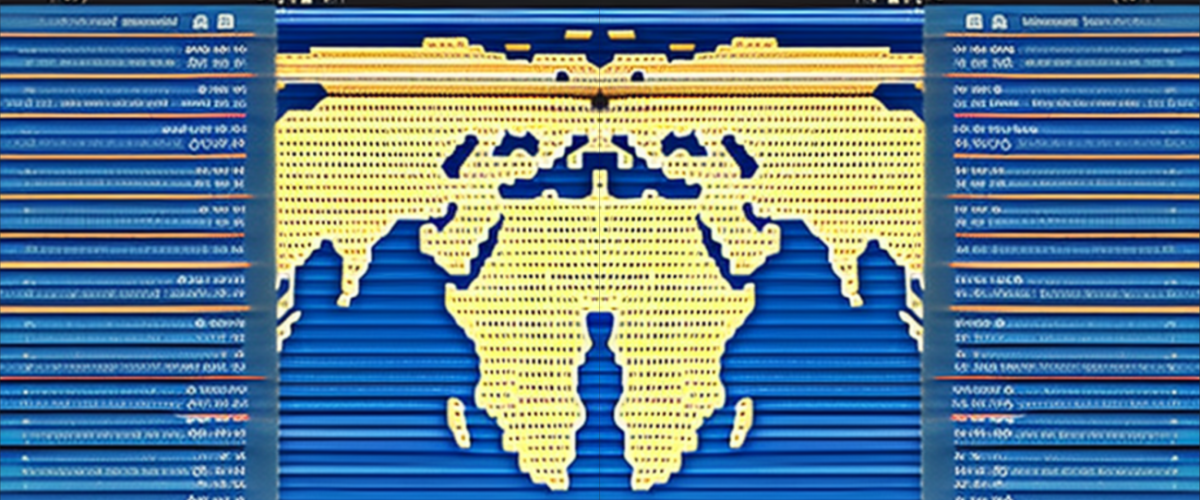
Are you looking to understand the ins and outs of NTREX-128? If so, you’re in luck! We’re here to explore this machine translation system and learn all about how it works. But first, let’s back up a bit: What is machine translation anyway? In a nutshell, machine translation is the process of automatically converting one language into another using artificial intelligence (AI). It’s revolutionizing the way we communicate with people who speak different languages by giving us easy access to translations—all at lightning speed. Now that you have an understanding of what it’s all about, let’s dive into NTREX-128!
Microsoft recently announced the release of a new data set for machine translation (MT) evaluation, known as NTREX-128. The data set is designed to enable the evaluation of machine translation from English into a total of 128 target languages.
The NTREX-128 data set is an extension of the commonly-used NTREX corpus, which contains parallel English data and translation guidelines for the evaluation of MT systems. The new data set includes more than 1,500 sentences in each of the 128 target languages, providing a valuable resource for researchers and developers working on machine translation.
The release of the NTREX-128 data set is expected to boost research and development efforts in machine translation, by enabling the evaluation of MT systems across a wide range of languages. Microsoft noted that the data set will also help advance the field of natural language processing, by supporting the development of multilingual models and improving the quality of language models in low-resource languages.
Know More in Details About the Machine Translation
The announcement was welcomed by the machine translation community, with many noting the importance of more comprehensive and diverse evaluation metrics for MT systems. Researchers and developers will now be able to test and refine their MT systems across a wider range of languages, leading to improved accuracy and performance in real-world applications.
The release of NTREX-128 is part of Microsoft’s ongoing efforts to advance natural language processing and machine translation. The company has made significant investments in this field, with the aim of building AI systems that can communicate effectively across languages and improve the lives of people around the world. It represents a significant step forward for the machine translation industry, enabling a more comprehensive evaluation of MT systems and advancing the development of multilingual language models. As Microsoft continues to invest in this field, we can expect to see further releases of datasets and improvements in MT accuracy and performance.

For those interested in language research, NTREX-128 provides an unprecedented level of detail and granularity when it comes to evaluating machine translation systems. With the data set now available, researchers will be able to leverage its wealth of information and gain valuable insights into how different languages interact with each other. This knowledge could then be used to develop powerful multilingual models that are capable of accurately translating across languages and helping bridge language barriers around the world.
Microsoft’s release of NTREX-128 is a welcome addition to the world of machine translation and natural language processing. With more comprehensive evaluation data available, researchers and developers can work together to create even more sophisticated models for a wide range of language pairs. This will open up exciting new possibilities for users across the world to communicate with each other regardless of their native languages. Microsoft’s commitment to advancing machine translation technology is an important step forward in helping us build a more connected global community.
We look forward to seeing how the research community continues to leverage NTREX-128 and use it as a powerful tool for evaluation and development. With this data set, we are one step closer to breaking down the language barriers that often stand in our way. Here’s hoping that Microsoft’s impressive release of NTREX-128 will be instrumental in catalyzing further advancements within the machine translation industry. You can also read the full paper that was released.

Post a Comment